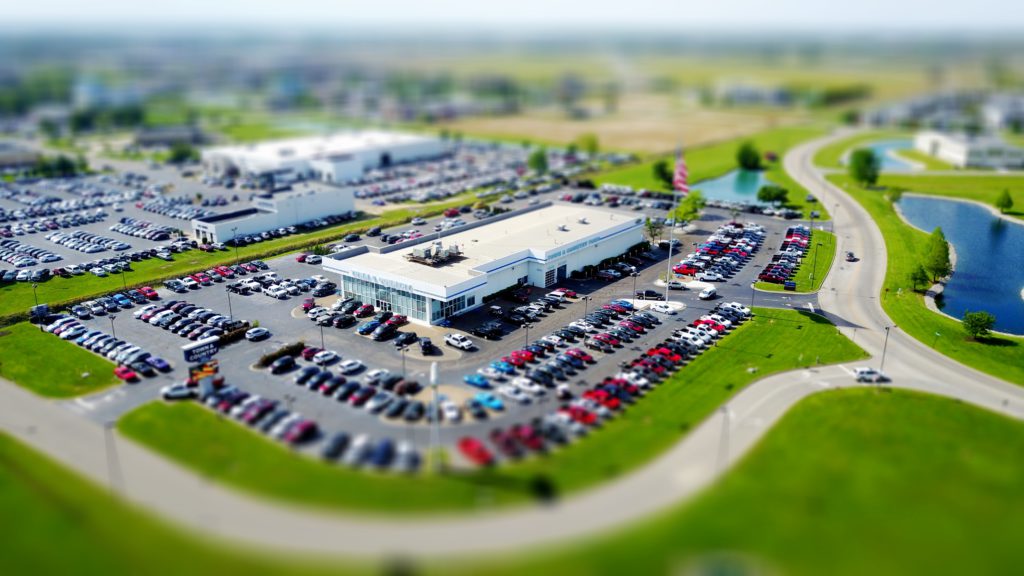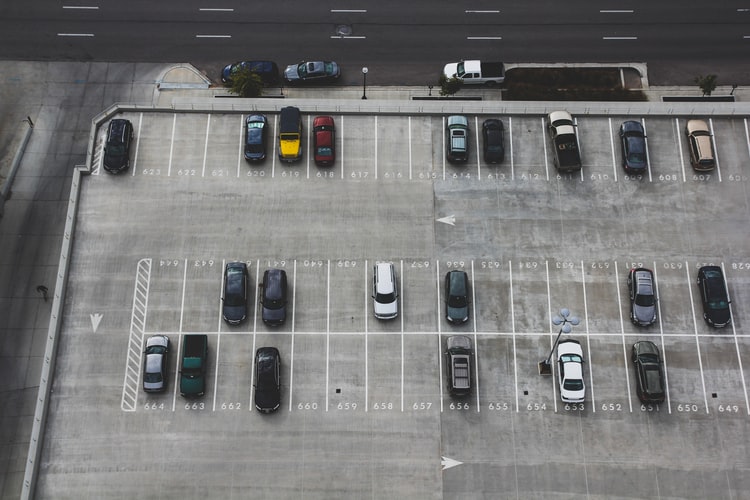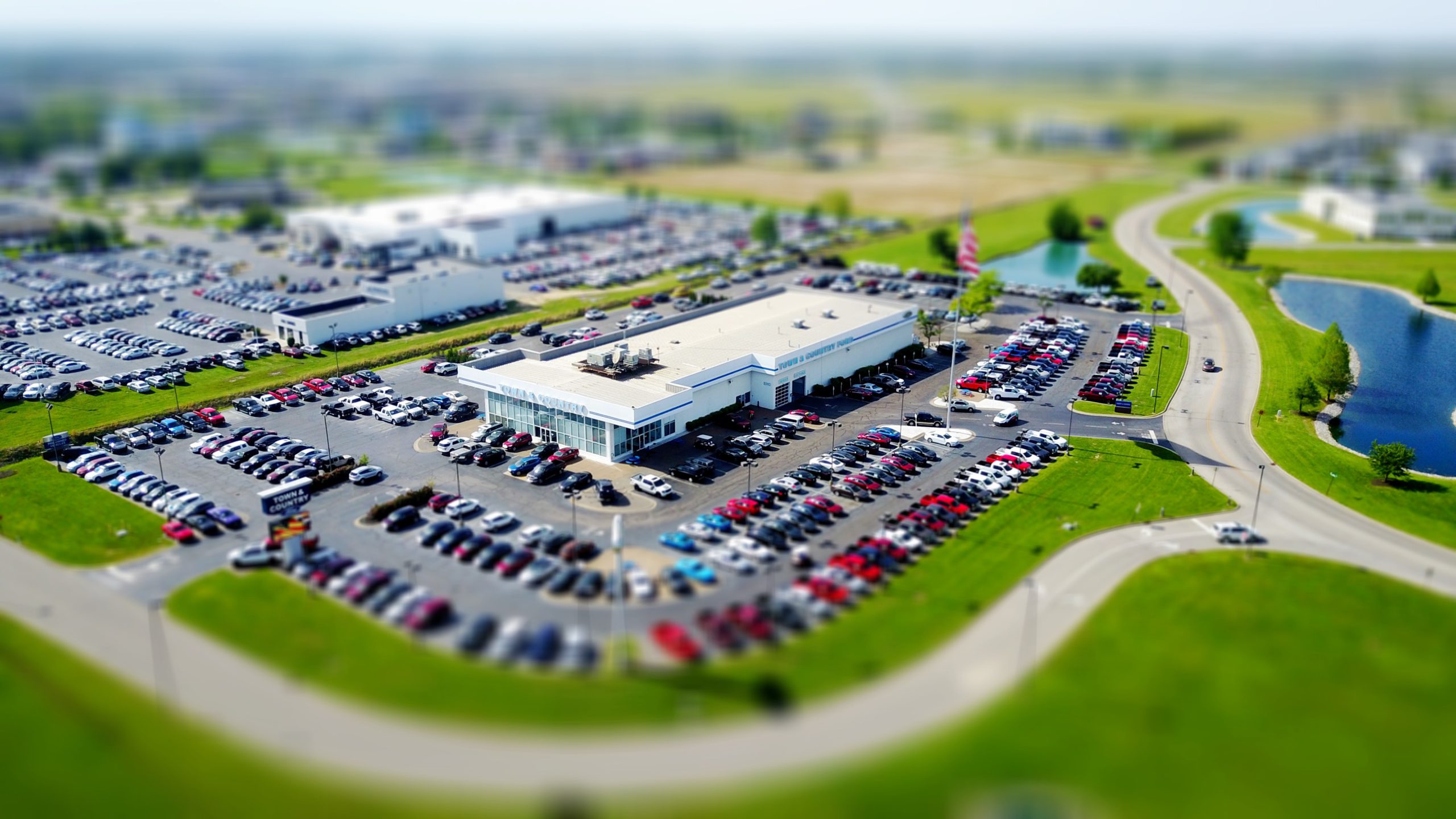Parking Techniques: How to Drive Like a Pro
Perhaps the toughest part about driving a car is parking it properly. Thousands of parking mismanagement cases come up everyday, which shows that parking the right way is still a challenge for many drivers, amateurs or otherwise. According to a research conducted by Bosch Media Service – parking and maneuvering accidents credit to 40% of all car accidents where there is material damage. This means that you’re highly likely to become a victim of one if you’re not careful. To save your automobile from damage, we’ve brought you some great tips of parking techniques to ensure that you don’t fall victim to a parking accident. Let’s start by looking at a few popular parking techniques.

The most commonly used parking techniques
The following are the three most common parking techniques that every driver must learn to master.
-
Parallel parking
Parallel parking entails parking your car in a small space parallel to the cars beside it. Usually, the vehicles in a parallel parking spot are parked one after the other in a straight line.

Parallel parking is used when cars are parked on streets – the reason being the lack of vertical parking space. Amateur drivers find parallel parking to be difficult because the technique takes quite a lot of practice before it becomes second nature.
-
Perpendicular parking
Perpendicular parking refers to parking a car beside others that are aligned with each other’s sides.
Usually used in parking lots, cribs, parking bays, and garages where there’s ample vertical space, this parking style is fairly easy to learn. But sometimes, it gets pretty tricky, especially during back-in reverse parking. Drivers will have to use the reverse gear for perpendicular parking, for instance, when a car needs to be parked with its bumper facing the wall.
-
Angle parking
Angle parking is a version of perpendicular parking in which the cars are aligned in a tilted acute angle to the direction of approach. This type of parking not only saves space but also makes it easier to wheel your vehicle in and out of the parking space; drivers can easily view pedestrians and other motorists. The tilt also helps to park the car without using too many maneuvers. It’s also faster to park a car in an angular space. Angle parking is commonplace in busy streets that need more space to park cars.
Tips to park your car like a pro
-
Know your vehicle’s dimensions
You need to know a car’s dimensions before steering it into a compact space. Without knowing the size, you may end up bumping your vehicle into surrounding objects, especially during parallel parking.
While you may have an idea of where your car’s sides are, it takes some time to take into your estimate the length of the hood and the bumper. To get comfortable, practice parking the car with someone guiding you and constantly helping you position it according to different parking styles. You can also use driving cones to learn positioning by yourself.
Even when you’re out, you should ask someone outside the behicle to check any touch-points until you are confident doing so by yourself.
-
Always keep an eye on the mirrors
No matter how experienced you become at driving, you’ll always need mirrors to park your car successfully and consistently at tricky spots. They act as our “extra eyes” while maneuvering into difficult parking spots. Having perfectly-angled mirrors lets you expand your vision while driving – helping you sense objects, pedestrians, walls, and fellow cars.
For adjusting your car mirrors to the best level, sit on your driver’s seat, then lean your head out. Move your side mirrors to about fifteen degrees out, enough to help you see what’s going on behind. Adjust them accordingly so that you can see everything around your car.
-
Avoid double parking at all costs
Double parking is when a vehicle is parked beside a curb of already-parked vehicles. When drivers cannot find space in a line of parked cars, they park their car adjacent to a car in that line. The other car’s driver will not be able to get their vehicle out of the parking spot.
Apart from being a menace to fellow drivers, double parking is a sure way to draw the attention of parking authorities. If caught, a parking ticket will be issued against you. Some people also double park on busy streets and see their car getting towed away as a result. You don’t want to receive a ticket just for the sake of convenience, so avoid double parking at all costs.
-
Find the right place to park
This stems directly from a proper assessment of your vehicle. Before you hurry to a parking spot, make sure that it can accommodate your vehicle comfortably. A general rule of thumb would be to choose a parking spot that is at least six feet larger than what your car would need; this is especially true for parallel parking safely. You may be able to park your vehicle in a smaller spot, but it will come at the cost of dents and bumps. It is better to find a spot of a manageable size.
Moreover, look for parking spot in driveways, parking lots, cribs, or even streets that hopefully don’t have the “NO PARKING” sign.
The technologically advanced world of today has made it even easier for motorists to park their vehicles safely and without much hassle. With every generation of cars, automakers have improvised on park assist features, where parking cameras and sensors assist the driver in parking. There are cars now that will maneuver itself into the parking spot with minimal intervention from the driver.
If your car has such a feature, don’t hesitate to use it! After all, everyone wants a break from time to time. However, practice makes perfect. It’s only a matter of time before you master all the parking maneuvers, even parallel parking!

